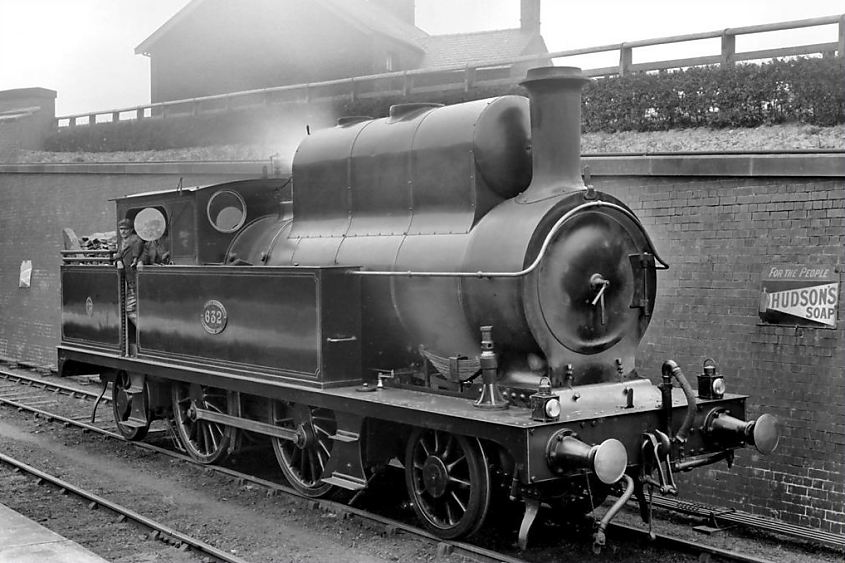Gallery opened: 25 Sept 2016
Updated 14 Oct 2017
Halpin patent added




The Druitt Halpin Boiler |
Gallery opened: 25 Sept 2016 |
Druitt Halpin took out US patent 685,600 for a 'Thermal Storage Apparatus for Steam Boilers' in October 1901. The invention consisted of a vessel placed above the main boiler that stored a mixture of steam and water. The feed-water was introduced into this upper vessel, and it was claimed that sediment would be deposited there where it was easy to remove.
 | Left: L&YR 2-4-2T locomotive with Halpin steam reservoir: 1902
|
 | Left: The Druitt Halpin thermal storage reservoir patent: 1901
|

  
|